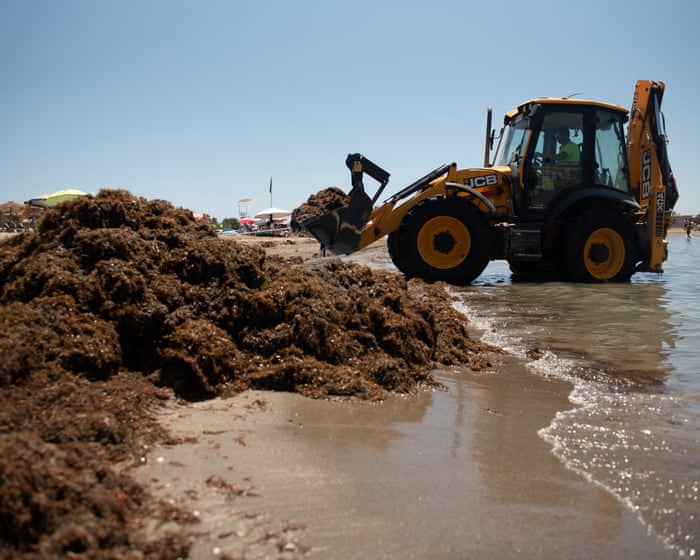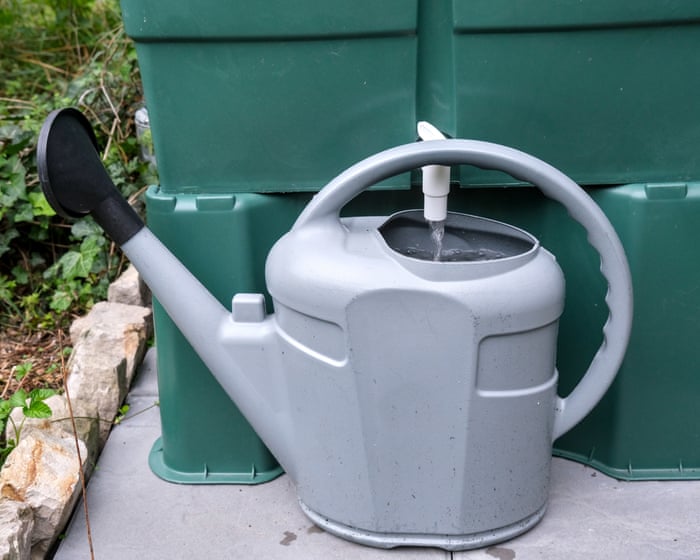Thousands of tons of a fast-spreading invasive seaweed from East Asia are accumulating on beaches along the Strait of Gibraltar and Spain’s southern coast, posing what local environmentalists call a serious threat to the region’s biodiversity.
Since May, authorities in Cádiz have removed 1,200 tons of the seaweed Rugulopteryx okamurae from La Caleta, the city’s most popular beach—including 78 tons in just one day.
“We’re completely overwhelmed. This is an environmental disaster,” said José Carlos Teruel, who oversees beaches for Cádiz’s city council. “Whenever the wind blows from the west, we know another wave of seaweed is coming.”
Like many invasive marine species, the algae is believed to have arrived in the ballast tanks of ships passing through the Suez Canal before being discharged into the Mediterranean.
In just over a decade, the seaweed has spread across the Strait of Gibraltar, much of Spain’s southern coast, the Canary Islands, the Azores, and even farther north into the Cantabrian Sea and the Basque Country.
“It was first spotted 10 years ago in Ceuta, Spain’s North African enclave, by a researcher from Málaga University, but authorities were too slow to react,” said Juan José Vergara, a biology professor at the University of Cádiz.
“In the early stages of an invasion like this, it can still be controlled. It’s like catching cancer before it spreads,” Vergara said, noting that what washes ashore is only a fraction of what’s underwater.
“But now the scale makes it impossible to control. Other seaweed invasions have faded after 10-15 years, but many scientists say they’ve never seen anything like this.”
The seaweed is hitting the local economy hard—hurting tourism in Cádiz and nearby Tarifa, a windsurfing hotspot, and disrupting fishing by tangling nets and depleting oxygen in the water. Taxpayers are also footing the bill for cleanup efforts.
Even more concerning is its impact on biodiversity. At La Caleta beach, the seaweed has displaced native plants, though it’s unclear if the damage is temporary or permanent.
The algae cling to rocks and float freely, smothering native seaweed species. With no natural predators in the region and the ability to reproduce both sexually and asexually—while also absorbing toxins—experts say eradicating it is nearly impossible.
Currently, the seaweed is dumped in landfills. Vergara mentioned a local business that recycles seaweed into drink containers, fuel, or fertilizer has sought permission to use Rugulopteryx okamurae as biomass for energy production.
However, Spain’s invasive species law bans commercial use unless it poses a health or safety risk or aids eradication—a rule that may apply here.
This week, Andalusia’s government launched a four-part plan to tackle the crisis, focusing on research, monitoring, education, and recycling options.
To use the seaweed as biomass, regional officials must negotiate with Spain’s environment ministry. But Vergara doubts even this would make a major dent in the problem.
“It’s an interesting idea, but when hundreds of thousands of tons can wash up on a single beach, I don’t see it eradicating—or even significantly reducing—the invasion,” he said.




